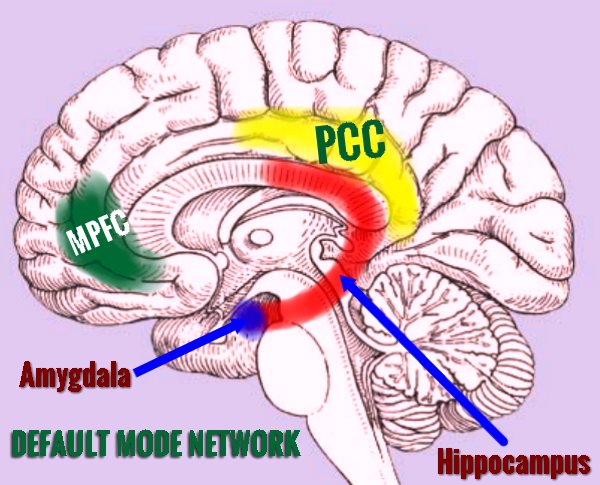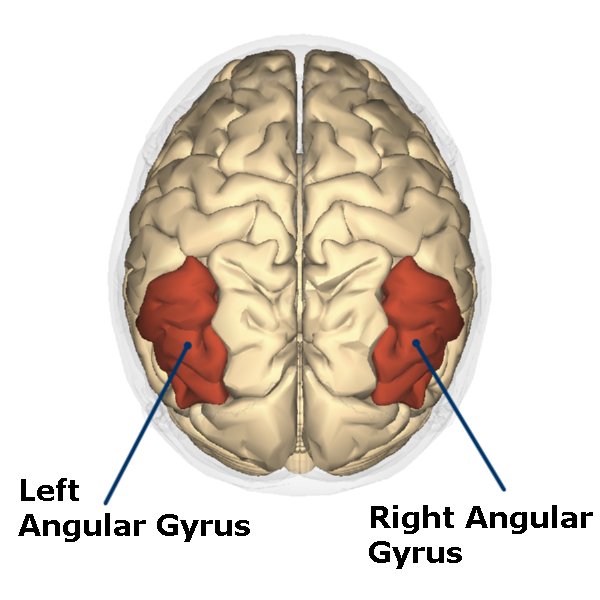Theory of Karma in Upanishads and Bhagavad-Gita
Karma is a spiritual law of Hinduism. It is equivalent to Newton’s Third Law of Physics, “For every action there is an equal and opposite reaction.” In Sanskrit the word karma means “actions” or “deeds.” Good karma brings good result and bad karma brings bad result. That is the basic karma theory. Everything that you think, feel and do is recorded in the cosmic hard-drive. Hindu texts prescribed a number of activities, such as service to cow, service to wise person, service to the humanity, service for environment protection ( particularly rivers and trees), giving donation, giving foods and clothes to people, giving foods to animals, pilgrimages to holy places, taking bath at river Ganges, doing charity, and acts of devotion to God, that can reduce the effects of bad karma. Such positive actions are sometimes referred to as “good karma.” Hindu saints have developed many meditation techniques to kill or dissolve the effect of aagami Karma. In Bhagavad-Gita Lord Krishna said “Perform work that will give benefit of all, otherwise work causes bondage in this material world.” Meditation, fasting, caloric restriction, yoga postures, yoga breathing, om chanting, regular exercise, diet control, keeping clean environment, helping others are the normal practice for karma clearing.

